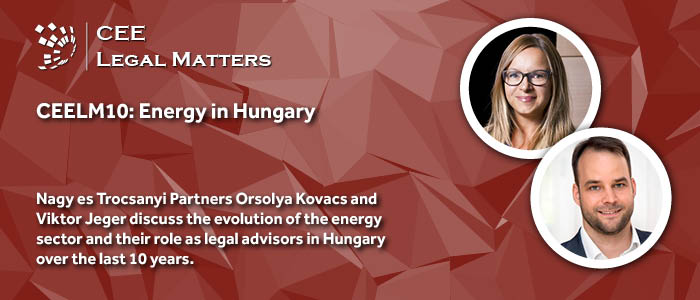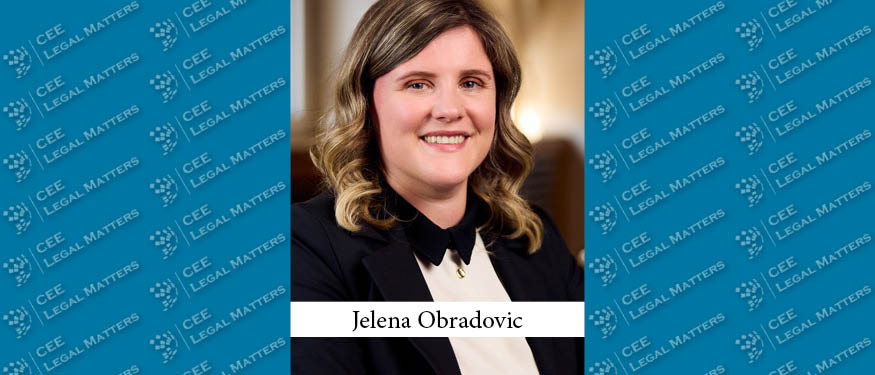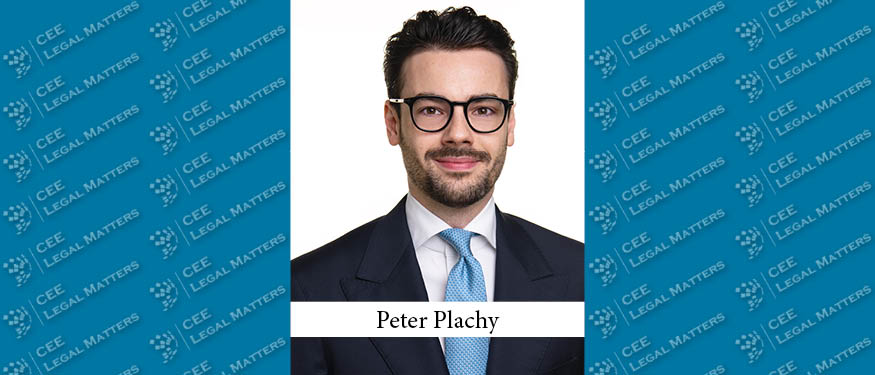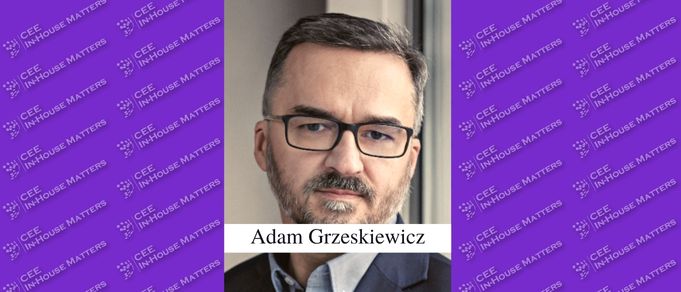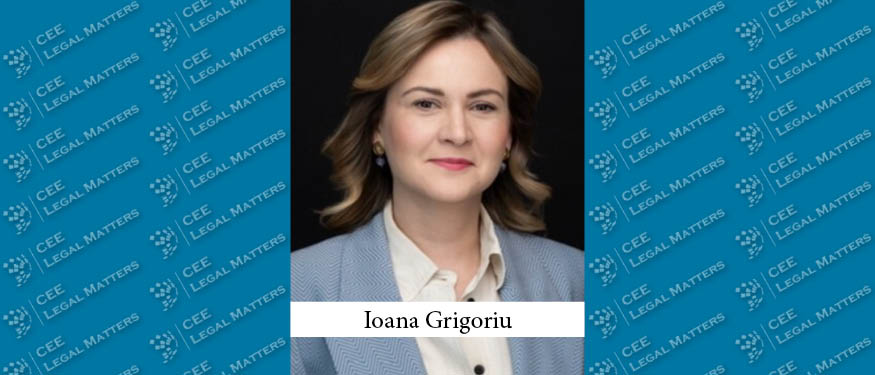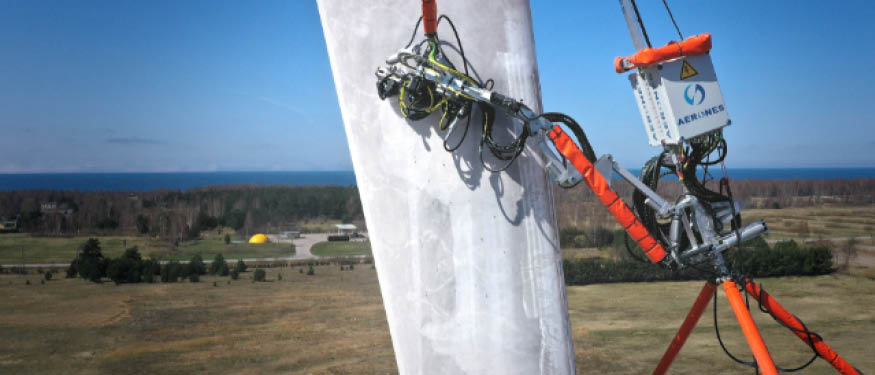Nagy es Trocsanyi Partners Orsolya Kovacs and Viktor Jeger discuss the evolution of the energy sector and their role as legal advisors in Hungary over the last 10 years.
CEELM: In the past decade, what types of energy projects have been keeping your team busy?
Jeger: Our activities in the energy sector covered the full spectrum of the field. We had clients in the oil and gas and electricity sectors and dealt with regulatory issues related to transmission, supply, and trade. This includes both national and European regulations. Our work covered investment, construction, financing, trading, and legal disputes in connection with solar, geothermal, nuclear, and natural gas power plants as well as other energy infrastructures. We also provided legal advice on the construction and financing of an international gas pipeline, in addition to representing a client in the settlement of legal disputes arising from contracts for the international transport of natural gas.
CEELM: What have been your most intense periods, and what factors do you believe led to them?
Jeger: There was no slow period for us. Energy is a vital and constant need. Even during the COVID-19 pandemic, projects continued. The war between Ukraine and Russia led to high-level disputes but didn’t result in a decrease in our workload.
Kovacs: The energy sector is always dynamic. For example, 10 years ago, we started a major project related to the ongoing construction of a nuclear power plant, which began in 2013. We represented the Prime Minister’s office, handling corporate and regulatory work at both national and EU levels. This involved numerous environmental negotiations and coordination with law firms in England, Germany, and Russia. It was a time of high intensity, with about 80% of our lawyers involved. Energy projects have not slowed down since. Recently, the war caused a shock in terms of energy dependency, and now there’s a significant shift toward renewables. Hungary – a landlocked country with limited natural resources – has been focusing on energy cooperation and connections with neighboring countries.
CEELM: What trends do you see in project categories and investments?
Jeger: Solar projects have dominated the last decade, with the capacities of individual projects increasing dramatically in recent years. There has been a sort of gold rush in solar projects, with various capacities, including household-level installations. Projects are now facing difficulties due to agricultural land protection and grid issues. Wind projects take up less horizontal space and will likely provide more balance to the grid.
Kovacs: The energy minister recently mentioned that Hungary’s capacity will significantly increase by 2030. Hungary has stringent regulations on wind turbines, with a 12-kilometer protection zone around cities, villages, and residential areas, but there’s a planned change to reduce this to 700 meters, which we expect will lead to a surge in wind turbine projects.
CEELM: What new expectations do you see emerging from clients in the energy sector?
Kovacs: Clients now require more creative thinking as technology is still developing. This includes dealing with financing issues, subsidies, and innovative ways to install plants and enter projects.
Jeger: Additionally, they need a comprehensive approach to their projects. Our knowledge across different legal fields, including real estate, tax, and corporate matters, is highly valued by clients.
CEELM: What have been the main recurring challenges faced in facilitating energy deals and projects?
Jeger: We’ve had to overcome zoning regulations of municipalities, adapt licenses and land registry to accommodate changes in the projects, and deal with constraints of the grid. Currently, there is a capacity ban on solar projects due to imbalances of the grid caused by numerous solar projects, which may prompt the development of new solar projects not connected to the grid.
Kovacs: The major challenge is the grid capacity issue. It is not only necessary to modernize the current grid but also to construct new infrastructure, often leading to adverse public interest and sometimes litigation. In Hungary, the diversity of ownership of land often creates clashes of interest in new investments and projects. The government has tried to subsidize modernization and offered tax incentives to speed up the country’s energy independence. Renewable projects involve complex issues like regulating wind energy and building out energy storage capacities. There will be a new tender starting January 1, 2024, for subsidizing solar projects and addressing storage complexities.
CEELM: What do you believe will be the highlights in a decade, and how do you foresee the industry evolving?
Jeger: It’s speculative, but discussions with Chinese investors indicate a dualistic future where households use electric vehicles but heavy-duty vehicles are powered by hydrogen. Unused electricity generated by renewables at peak times can be utilized for hydrogen production. Until hydrogen can take the place of natural gas in balancing the grid effectively, natural gas-fired power plants will play an even more significant role than now. Hungary plans to source gas from the new Black Sea project in Romania to meet its needs and is considering commissioning additional gas-fired power plants. I foresee an energy mix consisting of renewables, nuclear, and natural gas, where hydrogen will gradually take over the role of natural gas.
Kovacs: I’m optimistic about the future. I anticipate significant technological advancements, with self-production becoming crucial for both individuals and industries. I hope we’ll achieve energy security and address environmental issues. The transition from coal to gas turbines in power plants is key for this future.
Nagy es Trocsanyi is CEE Legal Matters' Practice Leader for Energy in Hungary for 2024 – learn more here.
This article was originally published in Issue 10.11 of the CEE Legal Matters Magazine. If you would like to receive a hard copy of the magazine, you can subscribe here.

